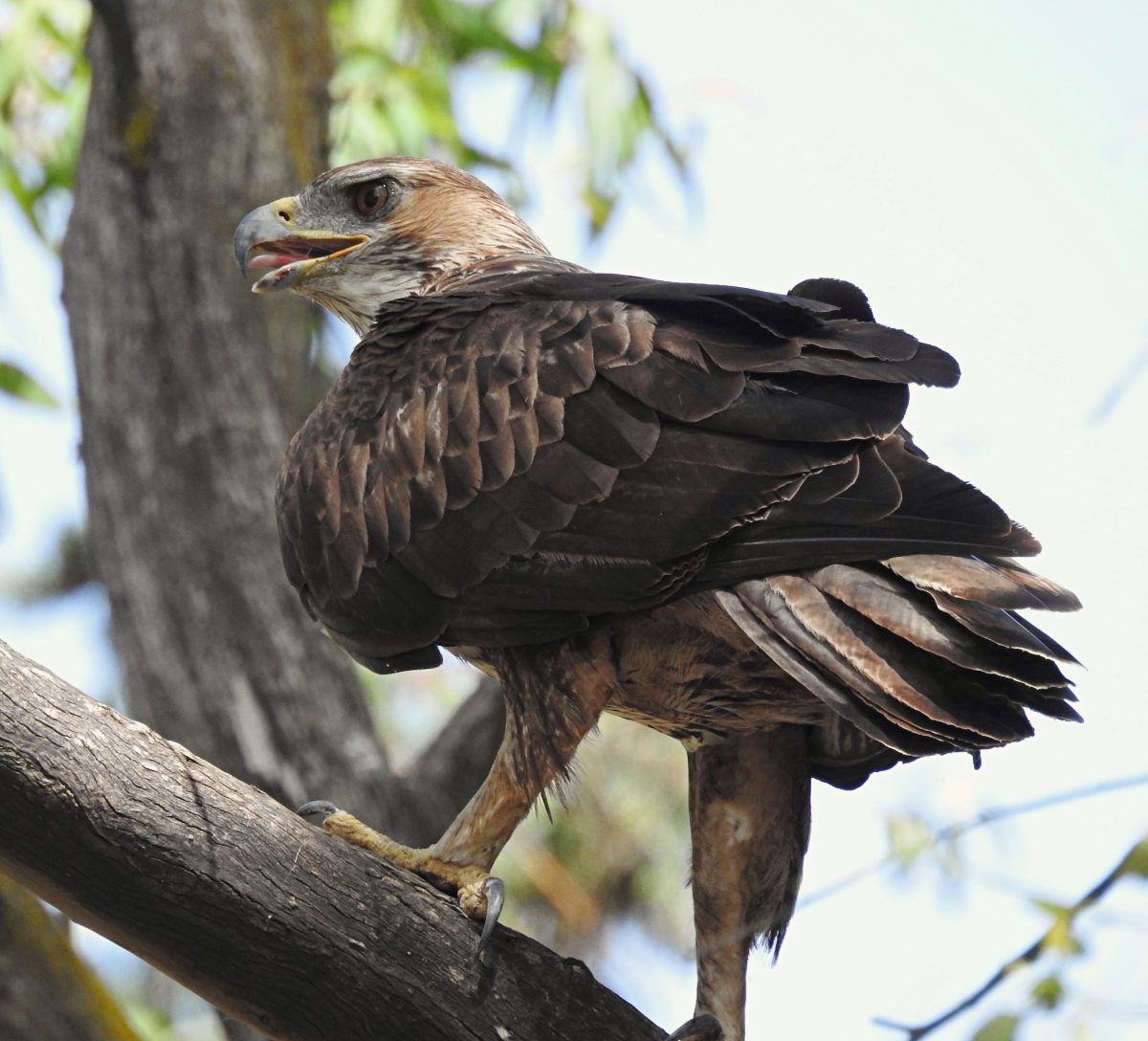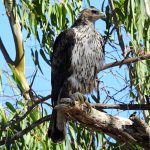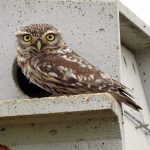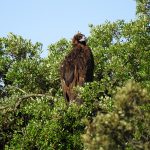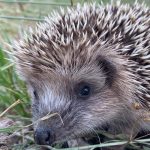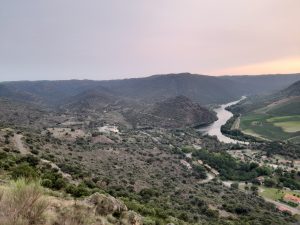
Although they are not in Extremadura, Arribes del Duero are my home land and it is a place close and attractive enough to write at least a small article. In this post I am going to talk about the birds of Arribes del Duero. I hope to make you want to visit this land as beautiful as unknown. I like to come to the area often, so if you are interested in hiring a guide I could also offer you my services here as I know it very well. Just write me well in advance to see if we can arrange dates. By the way, if you need acommodation, you can book a nice appartament in Lumbrales, one of the biggest and most centric villages in Arribes del Duero.
Why Arribes del Duero?
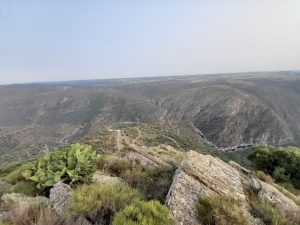
Arribes del Duero is one of the most unpopulated areas of Spain and therefore one of the least modified by human. While it is true that the abandonment of the rural world (even more pronounced in such harsh and remote terrain as this) sometimes has a negative impact on biodiversity, there are always species that benefit. If you want to get lost in an area far from civilisation where you will practically only hear the sounds of nature, this is the place for you.
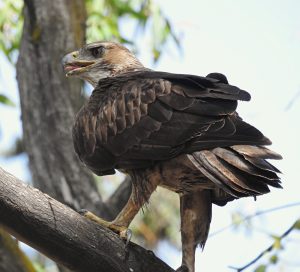
This big area was declared Natural Park in 2002 and also has other conservation figures such as IBA, SAC and Biosphere Reserve. It is more than 120 km long and includes land in the provinces of Salamanca and Zamora, as well as the west bank of the Duero River in Portugal. If you are passionate about wildlife, nature and being able to spend full days without any trace of human beings, it is one of the best places to visit in the Iberian Peninsula.
Birds of Arribes del Duero
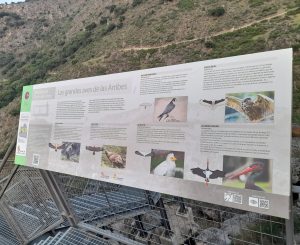
But let’s get to the point, this is a wildlife website, mainly about birds, so I am going to mention the most interesting species. Birds of prey are probably the most valuable group, among which we can highlight the peregrine falcon, Egyptian vulture, golden and Bonelli’s eagle, eagle owl and an important population of griffon vulture. also we can find mountain birds among which I would highlight the red-billed chough, Alpine swift, blue rock thrush, black-eared wheatear…. And the black stork, of course, which is one of the jewels in the crown of the park.
Raptors, birds of Arribes del Duero
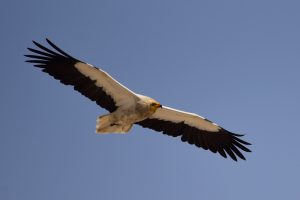
The great eagles usually nest in the great cliffs present in the Park, although their roosting area extends for dozens of kilometers. The golden owl and the peregrine falcon have similar tastes… On the other hand, the increasingly abundant booted and short-toed eagles can be seen more and more frequently in the flatter and clearer terrain. Finally, despite its scarcity, I would like to highlight the presence of the goshawk, which benefits from the fact that there are more and more areas of forest due to the abandonment of crops.
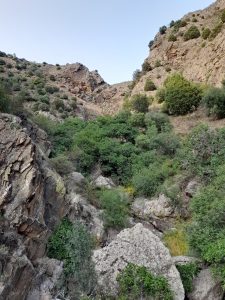
The landscape is changing a lot in this area; only a few tens of years ago, a large percentage of the park’s surface was cultivated. Cultivation on terraces was essential and the use of donkeys and oxen to access the most inaccessible areas was also essential. Today, depopulation and the introduction of more “profitable” agricultural models in the flatter lands means that most of the crops are being abandoned. Although native vegetation is recolonizing these areas, it will be many years before there will be oak forests again where once there were almond or olive trees… In the short term, this translates into a significant loss of biodiversity. Many species had become accustomed to this mosaic ecosystem in which the “virgin” areas and the different crops coexisted in a certain harmony.
Another birds of Arribes del Duero
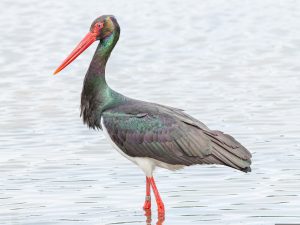
However, this abandonment of the rural environment benefits other species such as the elusive black stork, which is not at all comfortable with human presence. The inaccessibility of the terrain means that all those birds associated with river ecosystems have here miles and miles of riverbanks where they can live undisturbed. Droughts and lack of rainfall are the main problems here.
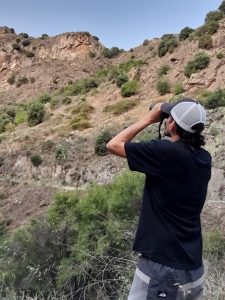
Rupicolous birds also have a real paradise here. There is an enormous amount of kilometers in which both the Duero and its tributaries are very boxed in, generating an ecosystem similar to that of the mountain ranges. Of course there are big differences in temperature between the Arribes del Duero and the mountain ranges of the central system, in the south of the province, but there are some species that are perfectly adapted to both environments.
Another fauna in Arribes del Duero
Mammals
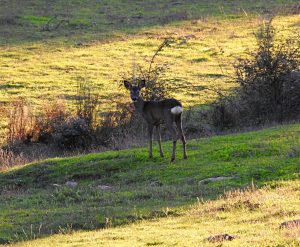
Birds are by no means the only faunal resource of interest in the park. Interesting communities of other animals stand out, among which I will start with the mammals. The roe deer and wild boar are in clear expansion, the abandonment of the fields benefits them. Predators such as the genet, the beech marten, the european wildcat, the otter find here a true paradise. Others, such as the egyptian mongoose or the wolf, have recently “arrived” to stay, expanding the carnivores portfolio of the park.
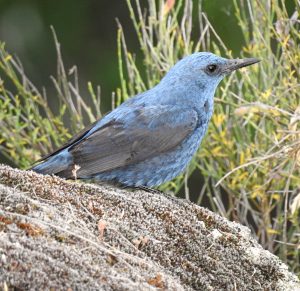
It is important to mention here the practical disappearance of the european rabbit in most of the Arribes. Key piece in the diet of the most emblematic predatory species, its decline does not affect so much the populations of more generalist predators such as the fox, the genet or the beech marten, which today are relatively abundant. However, the scarcity of wild rabbits is currently one of the main threats to the park.
Amphibians and reptiles
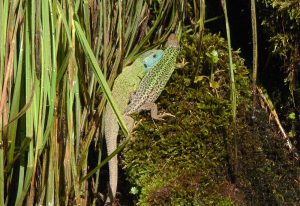
Within the reptile group, there is a great diversity. Among them we could highlight the black-green lizard, the red-tailed lizard, the Iberian skink or the horseshoe snake as the most interesting species. The amphibian community is not far behind either, highlighting interesting populations of marbled and Iberian newts and very good populations of common frog, running frog and the iberian painted frog.
Fish
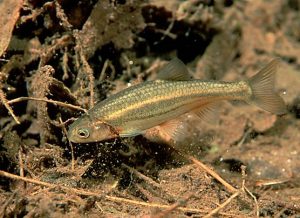
Finally, the fish fauna is also important. Although the heart of the park is formed by reservoirs built several decades ago, there are many small rivers. These rivers do not have a large flow and many stop flowing in summer. However, they form large pools that never dry up and are home to many native species. The northern straight-mouth nase, the common barbel, Achondrostoma arcasii, Squalius pyrenaicus or Cobitis paludica are very endangered species in other areas. In these redoubts they have found an ideal habitat in which to survive.
In short, if you feel like getting lost in areas where no human being has passed for years, this is your place. I hope you enjoy it as I have had the privilege of doing it during all my youth…. And I still do every time I go back there.

